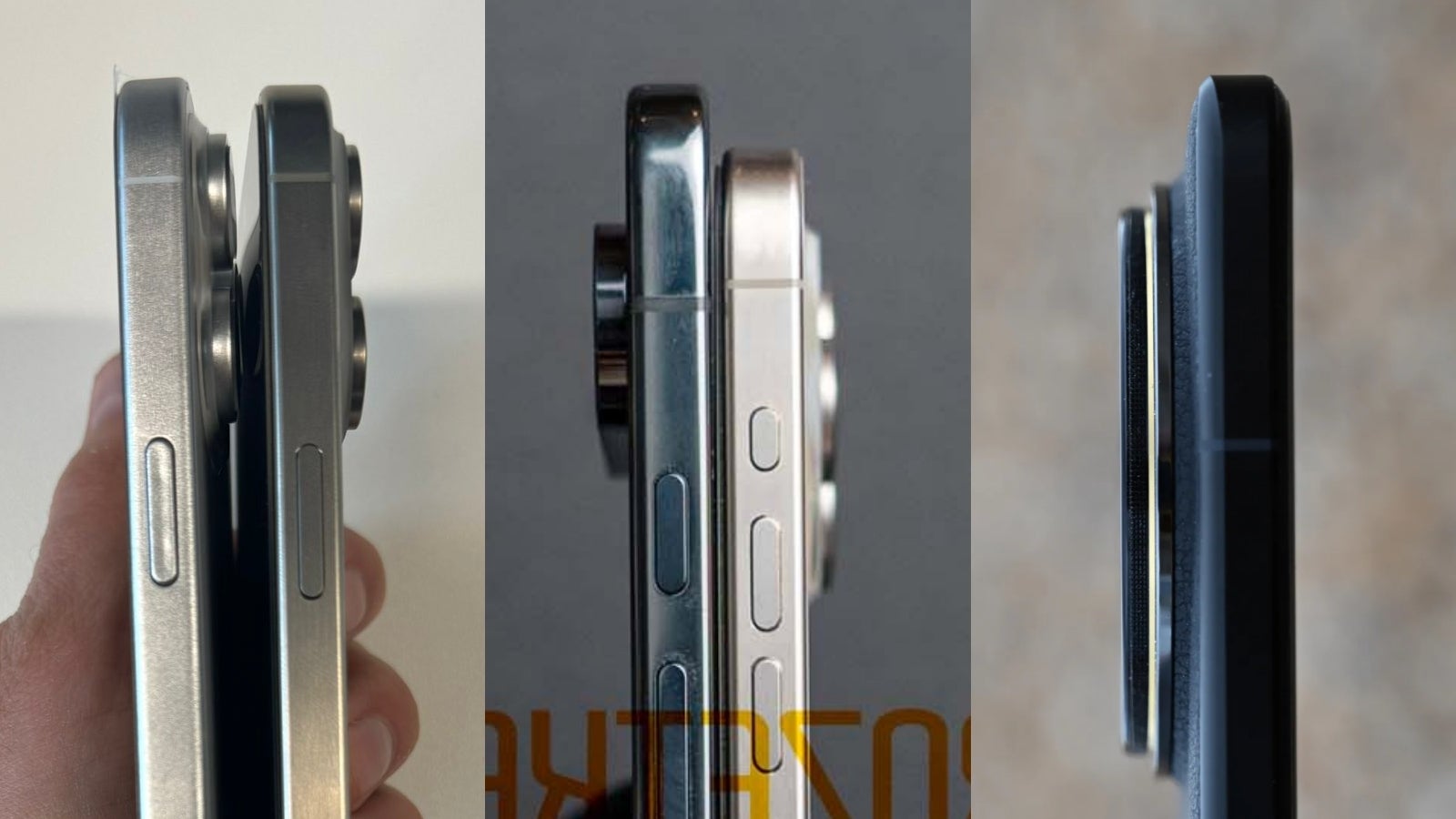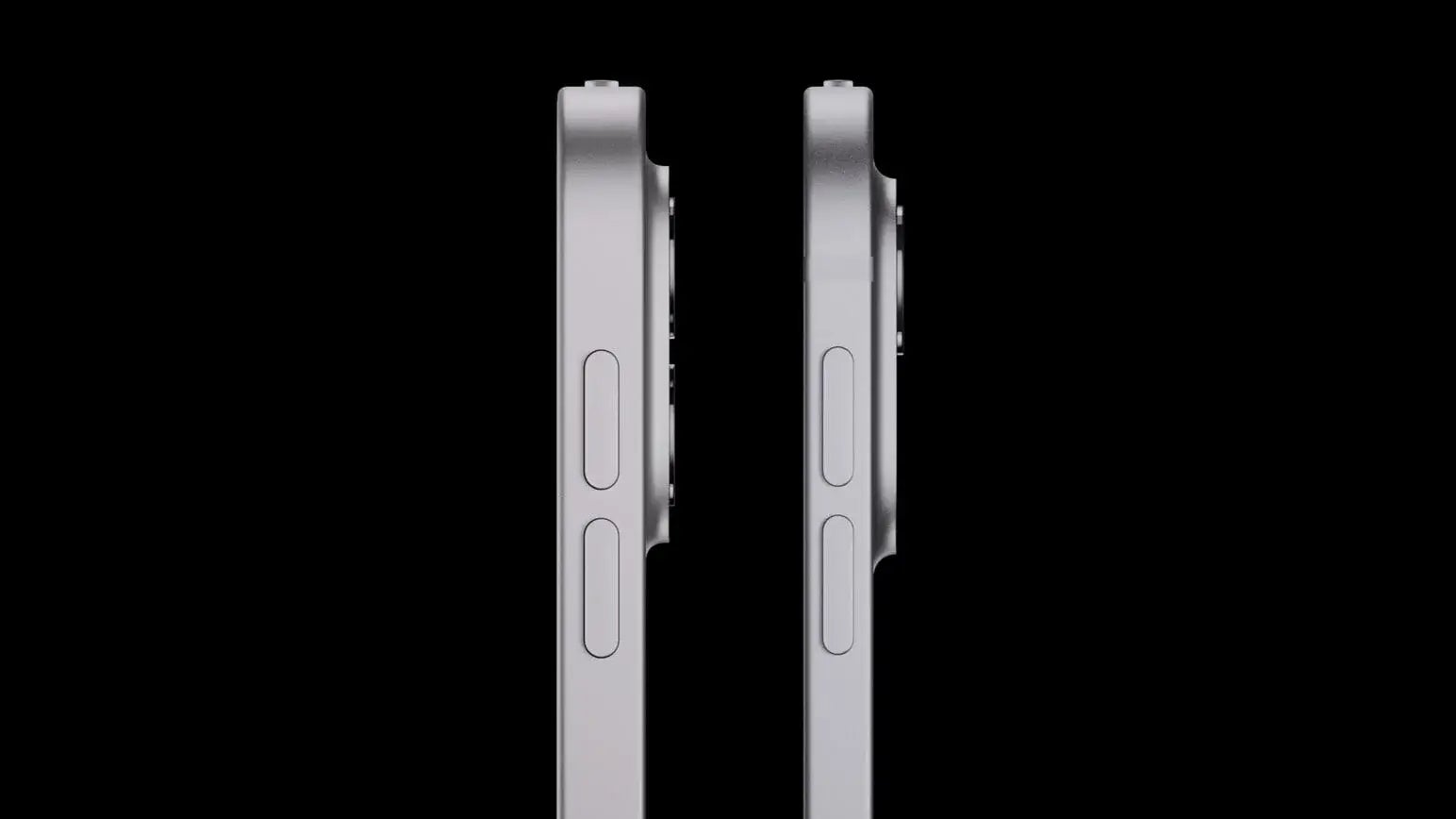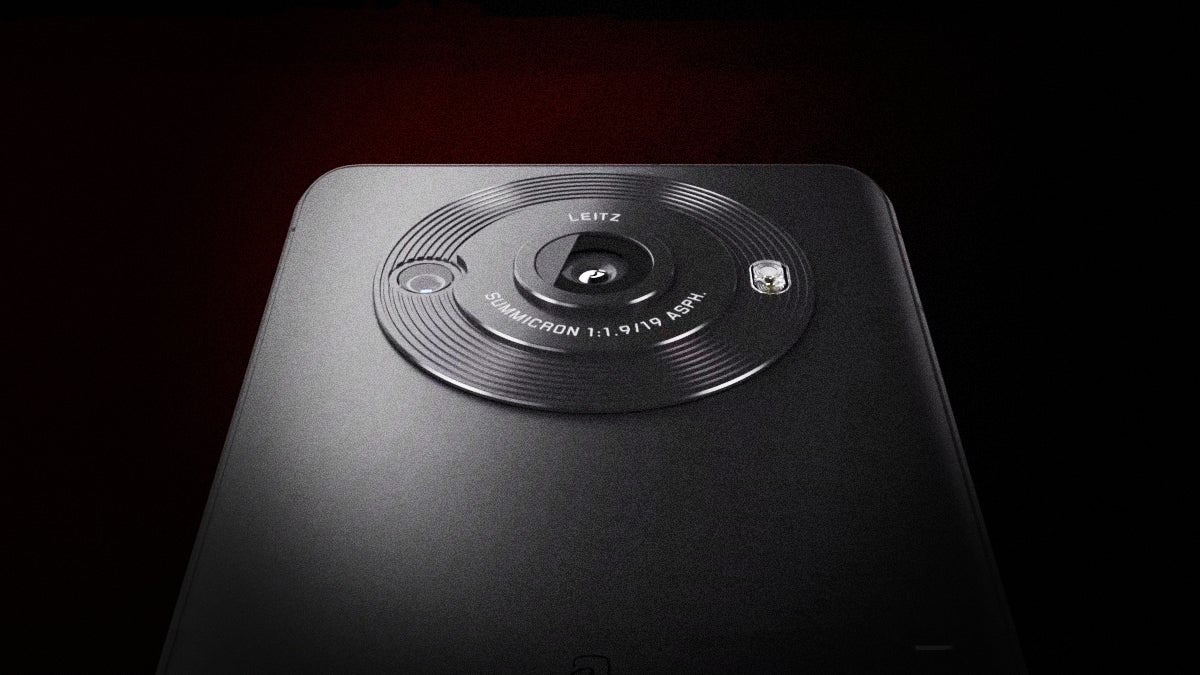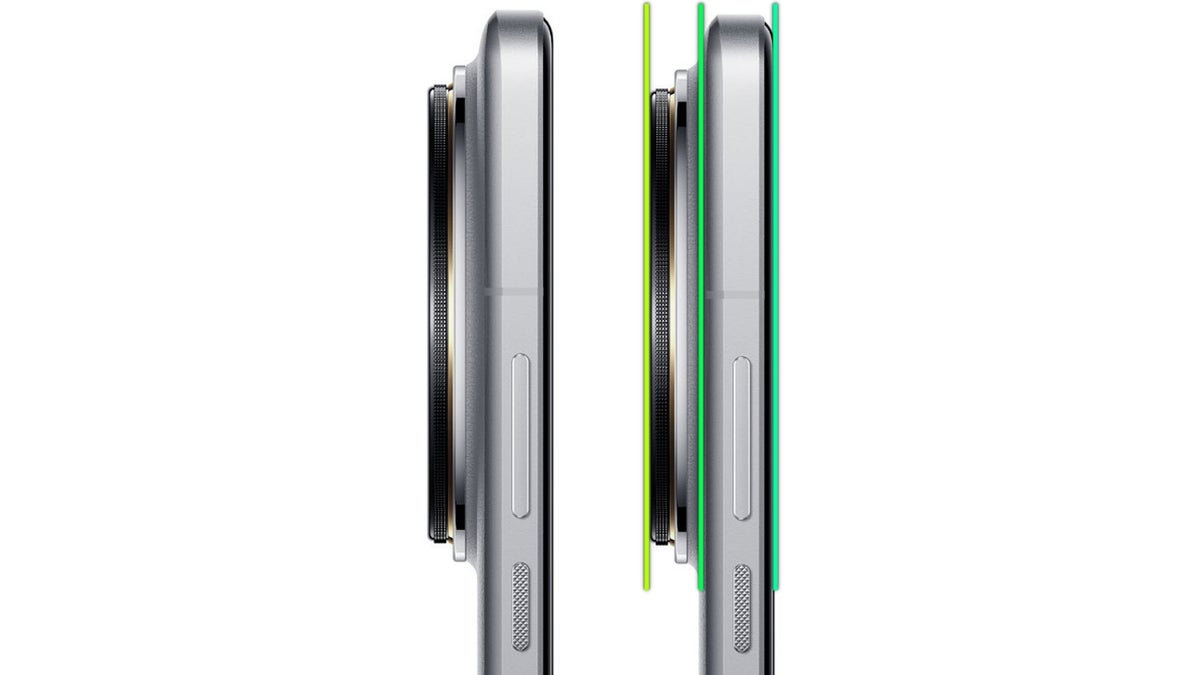With or without Google services, Huawei is now the fastest-growing phone-maker in China, which means it has a lot to lose/gain – depending on how you want to look at it.
Part of Huawei’s plan to dominate the super-saturated Chinese market is to remind the competition who the real camera king is/was. And the most intriguing new camera feature in the new Huawei Pura 70 Ultra (which we just reviewed) is a retractable camera.
Frankly, when I first saw this new trick, I was intrigued. I figured Huawei had come up with an innovative zoom tech, or perhaps something else entirely.
However, in reality, the Huawei Pura 70 Ultra’s retractable camera doesn’t do much. In fact, it does nothing to improve image quality, which is disappointing.
Why does it exist then?! Well, it turns out there’s a good reason for that, and I think Google and Apple’s upcoming new flagship phones might want to take note!
Leaked Pixel 9 Pro and iPhone 16 Pro Max photos show massive camera bumps: Has Huawei found the solution to this design challenge?

iPhone 16 Pro Max dummy unit next to iPhone 15 Pro Max (left), Pixel 9 Pro next to iPhone 15 Pro (middle), Xiaomi 14 Ultra (right).
What you’re looking at are leaked photos of the upcoming iPhone 16 Pro Max and Pixel 9 Pro.
In the case of the iPhone, we’re looking at a dummy unit, which is supposed to accurately represent the actual size of Apple’s premium flagship for 2024.
On the other hand, the Pixel 9 Pro (pictured next to the iPhone 15 Pro) is supposed to be an actual, working phone – which is 100% possible given we’re talking about Google here.
Anyway… I don’t know about you but the first thing that strikes me are the new, larger camera bumps depicted in the leaked images.
It’s not like the iPhone 15 Pro Max and Pixel 8 Pro have small camera bumps, but those new ones certainly look a good deal thicker. For the record… they won’t be breaking any records. Just look at the Xiaomi 14 Ultra.
That being said, I think Apple and Google’s new flagships could learn something from the Huawei Pura 70 Ultra, which is using a 1-inch primary camera sensor but manages to have a 2mm thinner camera island than the Xiaomi 14 Ultra, which also has a 1-inch camera.
I know retractable camera tech might not seem like a necessity right now, but if smartphone camera sensors keep growing (and they certainly will), this might be the way to keep their proportions in check.
I guess the question is how far the likes of Apple, Google, and Samsung are willing to go before they start thinking of ways to make their flagship phones look like phones instead of dedicated cameras – not that this is necessarily a bad thing.
Apple to declare war on thick phones with the 2025 “iPhone Slim”, but are camera bumps here to stay?


The 2024 iPad Pro (right) is now Apple’s thinnest product ever. Can the rumored “iPhone Slim” get close to/past the 5.1mm mark?
With all that in mind, you might be surprised to find out what Apple (reportedly) has in store for next year’s iPhone 17 series.
Bear in mind that these are very early rumors, but I must say that they’d align with Cupertino’s push to make the new iPad Pro super-thin. The iPad Pro 2024 is only 5.1-inches thick (vs 8.3-inches for the iPhone 15 Pro Max).
There’s more than meets the eye when it comes to the thicker camera bumps on the new iPhone 16 Pro Max and Pixel 9 Pro


Sharp’s flagship for Japan has a single rear camera. I love how clean it looks but that’s not the sharpest marketing move, Sharp. You need at least four extra holes there.
In the end, I don’t think anyone wants their phone to have a huge hump on the back. It makes holding the device trickier, and it often makes phones top-heavy, which means they are easier to drop.
However, there’s one intangible advantage of a phone with a huge camera hump, and this is how effective it is for marketing a camera-centric flagship – in other words, every single new flagship phone.
In case you’re wondering, that’s why affordable $200 phones come with 3-4-5 “cameras” on the back. They look like they mean business/have better cameras than they really do, when, in reality, 9/10 times the additional “cameras” are nearly useless 2-5MP macro/ToF sensors.
There’s also the user’s expectation that every new $1,000 phone should have an intimidating camera that’s visually bigger/better than before. If I showed you a $1,000 flagship phone with only one camera (like Sharp’s latest flagship for Japan), there’s a chance you might think I’m trying to sell you a phone from 2015.
Hence, I believe large, intimidating camera bumps are here to stay for a while. However, influential phone-makers like Apple have the power to change that. Could the rumored iPhone Slim be that change?
